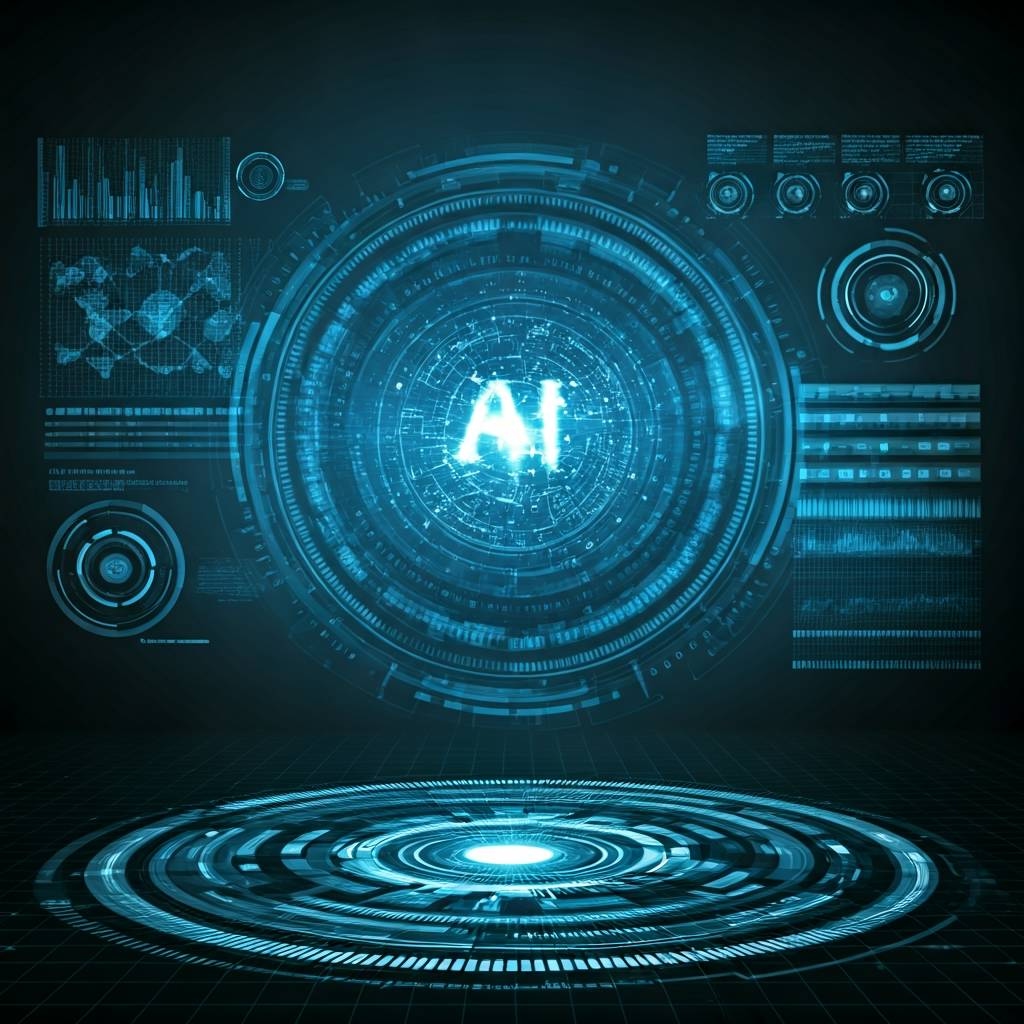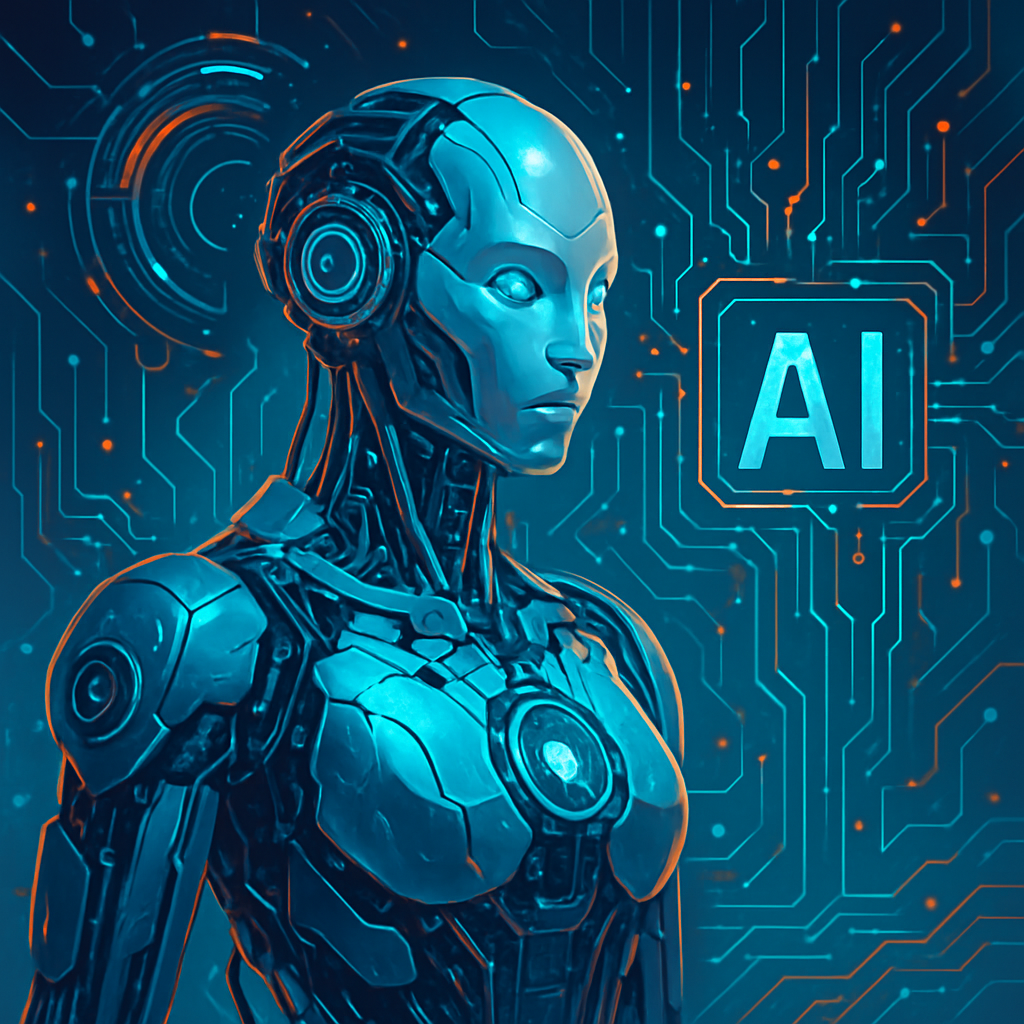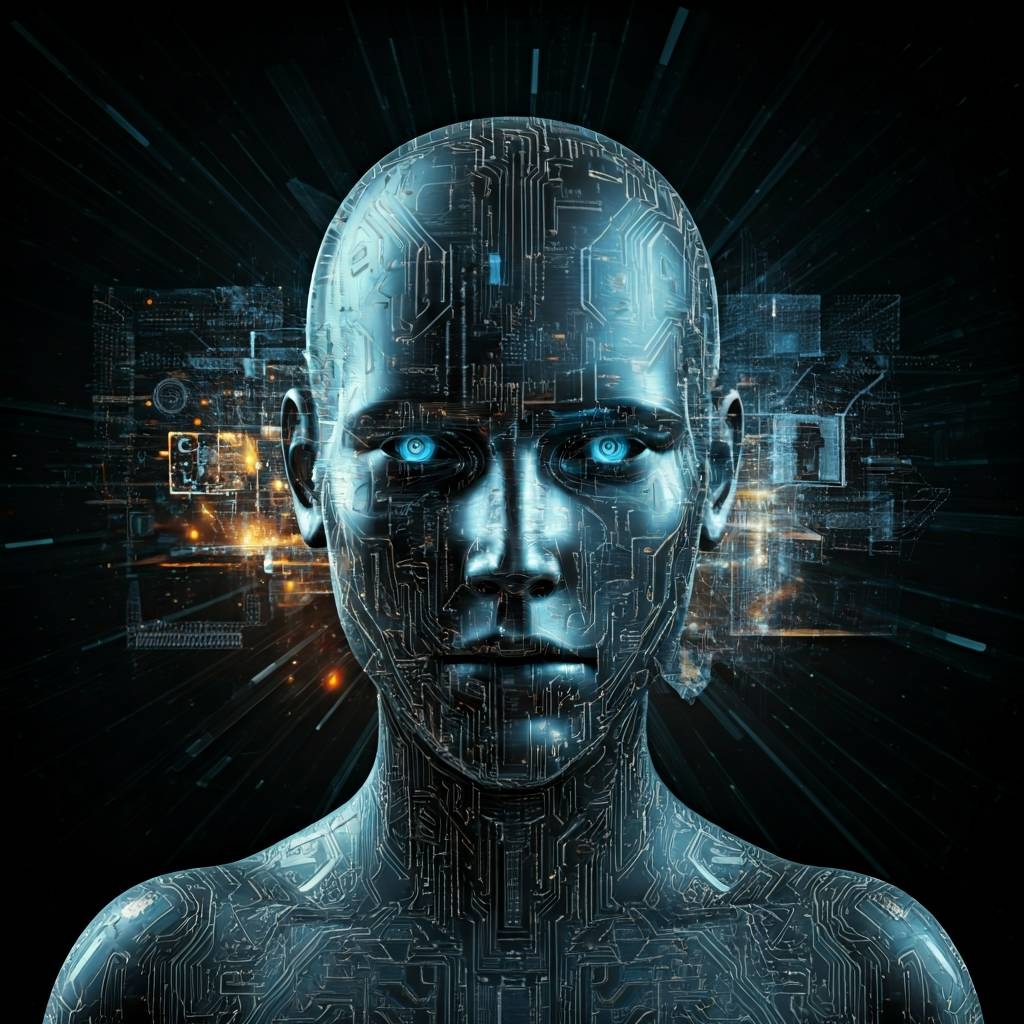Artificial Intelligence, commonly called AI, refers to the ability of machines or computers to perform tasks that usually require human intelligence. This includes things like recognizing speech, understanding language, solving problems, learning from experience, and even making decisions. While this might sound like science fiction, AI is already a big part of our everyday lives—even if we don’t always notice it.
How AI work
1.Input: It gets data (like photos, text, or voice).
2.Processing: It learns patterns from that data.
3.Output: It gives smart answers or takes action.
At its core, AI is about teaching computers how to think and learn. Traditionally, computers have followed clear instructions written by humans. For example, a calculator only knows how to solve math problems because it was programmed with the correct formulas. AI, however, allows machines to learn from data and improve their performance over time without being explicitly told every step. This learning process is often called machine learning, which is a major part of AI.
Imagine teaching a child to recognize pictures of cats and dogs. At first, you’d show them examples and explain the difference. Over time, the child would learn how to identify each animal on their own. Similarly, an AI system can be trained with many images of cats and dogs. Eventually, it learns to recognize the differences and can make predictions about new images it has never seen before
Understanding the Basics
One of the simplest examples of AI is the virtual assistant on your smartphone—like Apple’s Siri or Google Assistant. These assistants can understand your voice commands, answer questions, and perform tasks like setting alarms or sending messages. They work by analyzing your words, finding patterns, and responding with appropriate actions. This is possible because AI helps them understand human language and context.
AI is also used in recommendation systems, such as those on YouTube, Netflix, or online shopping websites. These platforms learn what you like by studying your past behavior and then suggest content or products you might enjoy. In healthcare, AI is helping doctors detect diseases early by analyzing medical scans. In cars, AI powers features like automatic braking and self-driving technology.
Use of AI in everyday life
1. Smartphones and Virtual Assistants
When you use voice assistants like Siri, Google Assistant, or Alexa, you’re using AI. These systems understand your spoken language, interpret it, and respond accordingly—whether you’re asking for the weather, setting a reminder, or playing music. Smartphones also use AI for features like autocorrect, predictive text, and voice-to-text typing.
2. Online Shopping and Recommendations
E-commerce websites like Amazon, Flipkart, or eBay use AI to suggest products based on your past behavior. If you’ve searched for or bought a product, the system recommends similar items you might like. This “smart shopping” experience is powered by AI algorithms that study user behavior and preferences.
3. Streaming Services
Platforms like Netflix, YouTube, and Spotify use AI to recommend shows, videos, or music based on your interests. These personalized suggestions are made using data about what you’ve watched or listened to, how long you stayed, and what you skipped.
4. Navigation and Maps
Apps like Google Maps and Waze use AI to analyze real-time traffic data and provide the fastest routes. They can even predict traffic jams, suggest alternate routes, and estimate travel time more accurately.
5. Social Media
AI is behind the scenes of popular platforms like Facebook, Instagram, Twitter (X), and TikTok. It curates your news feed, recommends friends or content, and filters out spam. Facial recognition in photos and automatic captioning are also AI-driven features.
6. Self-Driving and Smart Cars
Modern cars use AI for features like automatic braking, lane detection, parking assistance, and even full self-driving in some models (like Tesla). AI enhances safety and driving comfort.
AI help in future
AI will help us in the future by:
- Making life easier with smart assistants and home automation
- Improving healthcare by finding diseases early and helping doctors
- Making travel safer with self-driving cars
- Saving time by doing repetitive tasks for us
- Helping us learn through personalized education and tutoring
In short: AI will help us live smarter, healthier, and more efficiently.
The impact of AI on everyday life is significant and still expanding. It makes our lives more convenient, our tasks more efficient, and our interactions with technology more natural. However, it also raises important questions about privacy, security, and the future of work. As AI continues to evolve, understanding its role and implications becomes essential for individuals and society as a whole.
In summary, Artificial Intelligence is a powerful tool that is changing the way we live, work, and interact with technology. While it might seem complex at first, AI is simply about machines learning to be smarter and more helpful. Understanding how AI works can help us use it more wisely and prepare for the changes it brings in the future.



